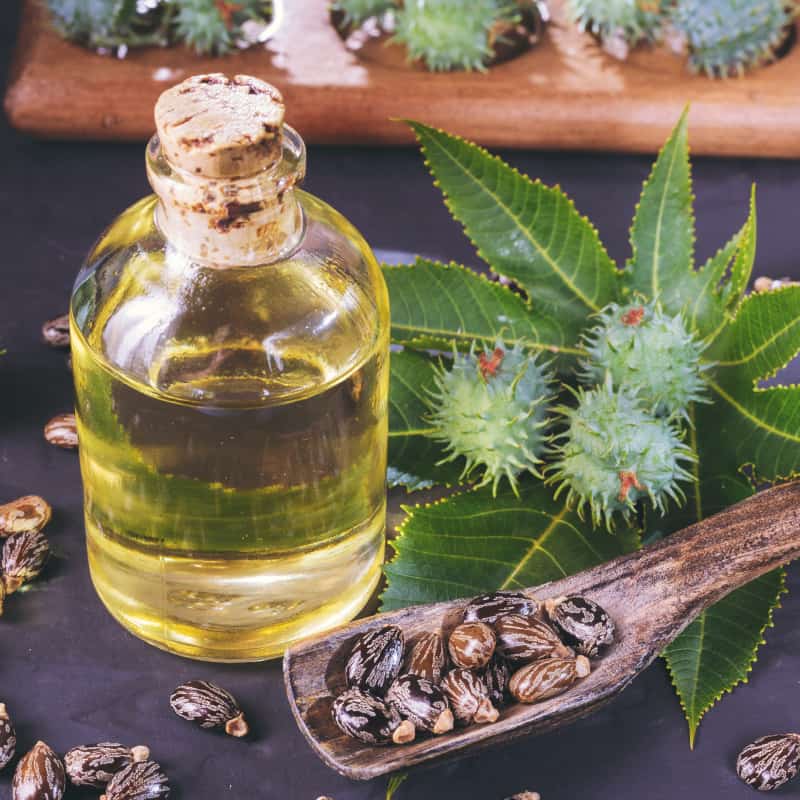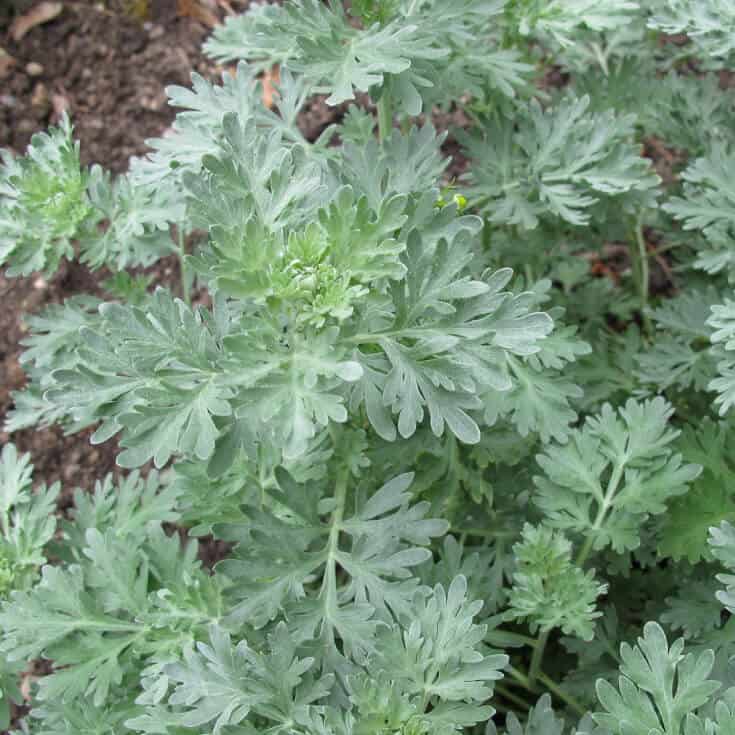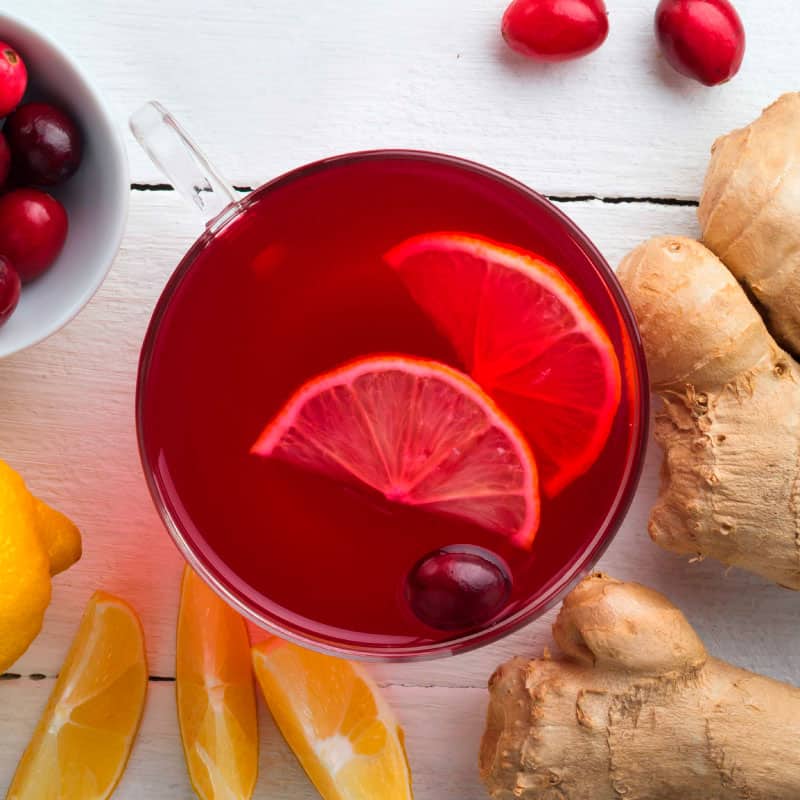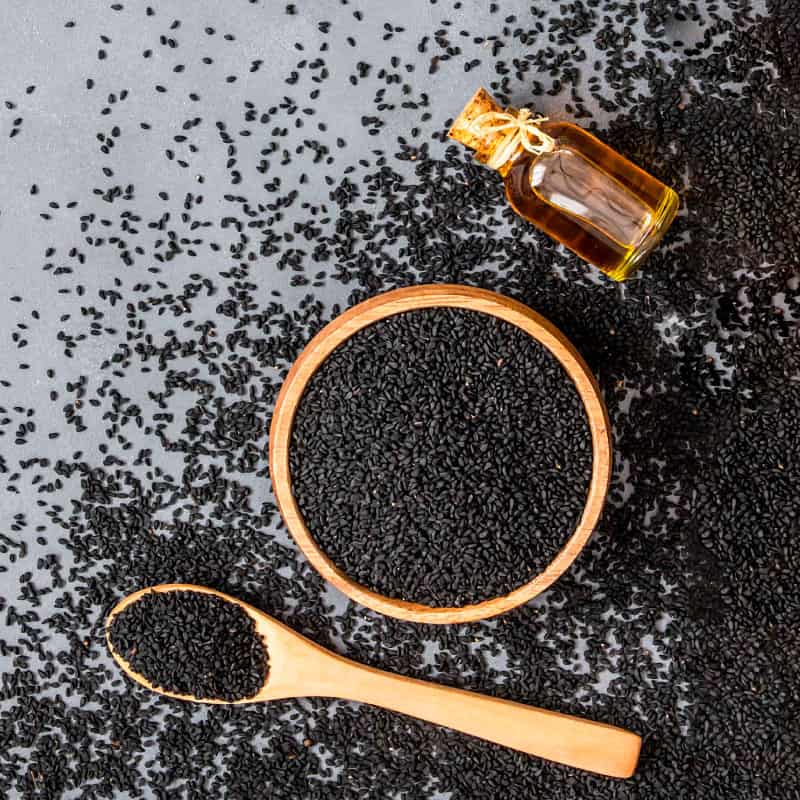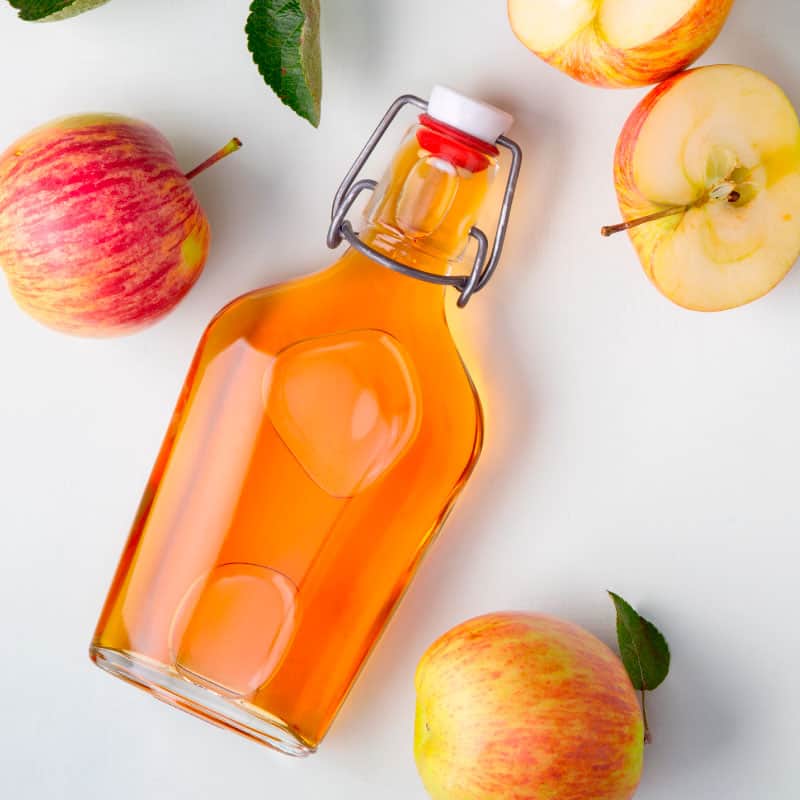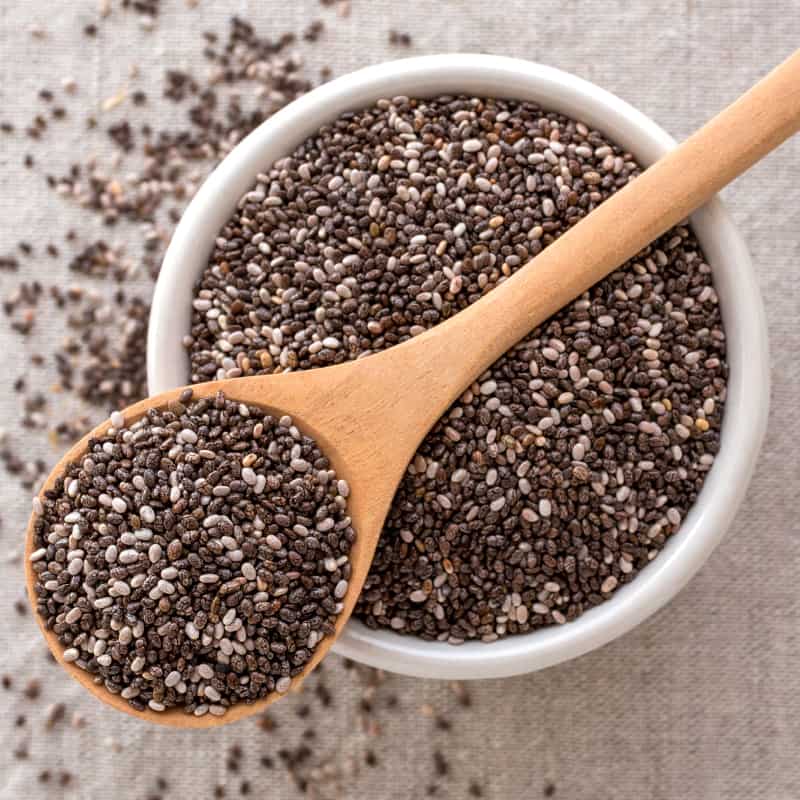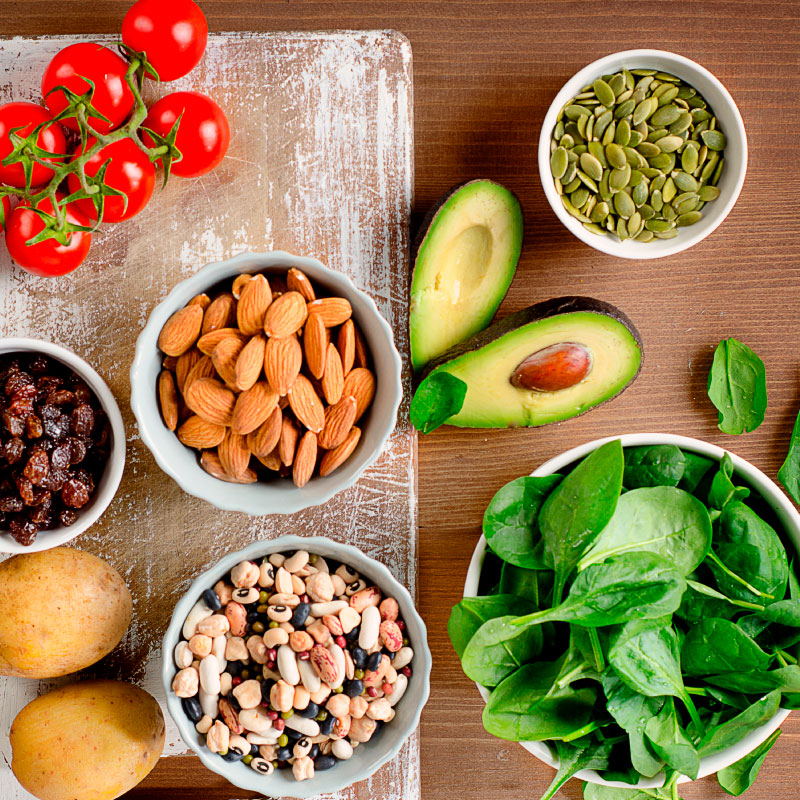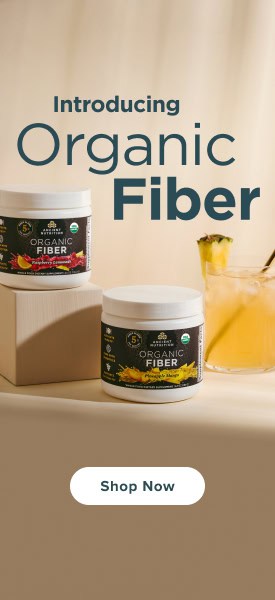This Dr. Axe content is medically reviewed or fact checked to ensure factually accurate information.
With strict editorial sourcing guidelines, we only link to academic research institutions, reputable media sites and, when research is available, medically peer-reviewed studies. Note that the numbers in parentheses (1, 2, etc.) are clickable links to these studies.
The information in our articles is NOT intended to replace a one-on-one relationship with a qualified health care professional and is not intended as medical advice.
This article is based on scientific evidence, written by experts and fact checked by our trained editorial staff. Note that the numbers in parentheses (1, 2, etc.) are clickable links to medically peer-reviewed studies.
Our team includes licensed nutritionists and dietitians, certified health education specialists, as well as certified strength and conditioning specialists, personal trainers and corrective exercise specialists. Our team aims to be not only thorough with its research, but also objective and unbiased.
The information in our articles is NOT intended to replace a one-on-one relationship with a qualified health care professional and is not intended as medical advice.
Oleic Acid: Top 9 Uses & Benefits of This Healthy Fat
August 31, 2018
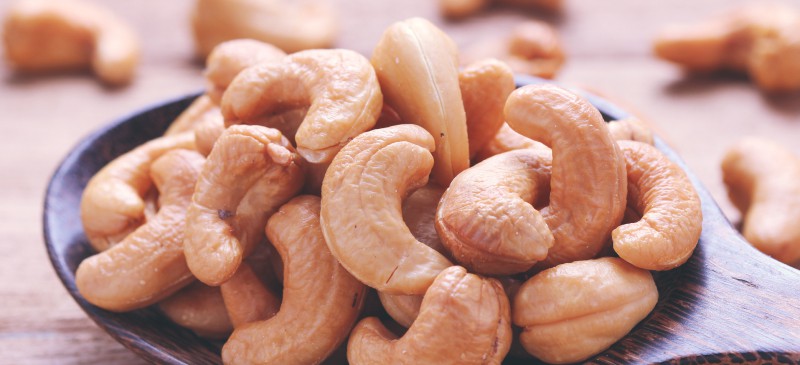
You’ve probably heard about the health benefits of the Mediterranean diet, which can be partly attributed to the healthy fats found in olive oil. Well, did you know that oleic acid, the fatty acid that’s the most abundant component in olive oil, is what allows for these benefits?
Oleic acid is an omega-9 fatty acid that is found in nature and most of our cells. Is oleic acid good for you? The simple answer is yes — research shows that it may play an important role in human health and disease. (1)
The are many known omega-9 benefits, like their ability to boost the health of your heart and brain. And there’s a large body of research that indicates the powerful therapeutic properties of oleic acid. It’s pretty clear that you should work to swap out refined vegetable oils and foods made with them for foods and oils high in this beneficial fat.
What Is Oleic Acid?
Oleic acid is a monounsaturated fatty acid that occurs naturally in the fats and oils of both animals and vegetables. It is naturally odorless and colorless, although commercial products made with it may be yellowish.
Scientifically, it is a monounsaturated omega-9 fatty acid, and its name means “derived from oil or olive.” What are the atoms that make up oleic acid? It has the formula CH3(CH2)7CH=CH(CH2)7COOH, and it’s part of the carboxylic acid group. Oleic acid is called an omega-9 fat because it has a carbon-carbon double bond in the ninth bond from the methyl end of the fatty acid.
Oleic acid is needed by the body’s cells for proper membrane fluidity — making sure the cell membrane has a thick enough layer. This is important for fighting pathogens, transporting minerals and responding to hormones. Oleic acid also serves as a major source of energy for our cells, and it’s used for the production and biosynthesis of many essential metabolites. (2)
Oleic Acid vs. Linoleic Acid
The big difference between oleic acid and linoleic acid is that our bodies produce oleic acid, so the need to supplement isn’t as important. In fact, oleic acid is the most abundant fatty acid in nature, and it’s present in most of our cells.
There is no specific recommendation for oleic acid and omega-9 fatty acid intake because these fats are considered non-essential, but research shows that increasing your consumption of omega-9s, perhaps in place of omega-6 fatty acids, can have beneficial effects.
Oleic acid is a monounsaturated omega-9 fatty acid, while linoleic acid is a polyunsaturated omega-6 fatty acid. What’s the difference? Our bodies can’t make polyunsaturated fats, so they are considered “essential” and need to be obtained from the foods we eat. They serve as an important source of energy for the body, but the Western diet typically includes very high amounts of linoleic acid and other omega-6 foods, like refined vegetable oils. Eating too much omega-6 fats can actually increase inflammation within the body, so it’s important to keep an eye on how much you consume.
Benefits
1. Reduces Blood Pressure
One of the most well-known olive oil benefits is its ability to boost cardiovascular health by reducing blood pressure. Studies demonstrate that hypotensive effects of olive oil is caused by its high oleic acid content.
Researchers indicate that it’s the consumption of oleic acid that regulates membrane lipid structure, which controls G protein-mediated signaling and causes a regulation in blood pressure. So it’s the high oleic acid content that’s responsible for the blood pressure reducing effects of olive oil consumption. (3)
2. Lowers Cholesterol
If you are looking to add cholesterol-lowering foods to your diet, add in nuts and oils that are high in oleic acid. Scientists have found that when compared with other kinds of high healthy-fat diets, an oleic-rich diet has equal cholesterol-lowing effects, while also maintaining HDL cholesterol levels and reducing triglycerides. For this reason, diets that are high in monosaturated fatty acids, especially those that include an increased consumption of olive oil, are known for their health-protective and cholesterol-lowering effects. (4)
3. Promotes Fat Burning
Eating healthy fats is a key element in losing weight and keeping it off. For one thing, fats like oleic acid help to control excess insulin, which is important for weight loss. Plus, adding healthy fats into your diet helps to reduce hunger, cravings and overeating because they are satiating and make you feel full for a longer period of time.
A pilot study conducted at the Miriam Hospital and Brown University found that when compared to a lower-fat diet, an olive oil-enriched diet brought about greater weight loss in an eight-week period. Women in the olive oil group consumed a plant-based olive oil diet that included three tablespoons of olive oil per day. The results, published in the Journal of Women’s Health, showed that 80 percent of the women on the olive oil-enriched diet achieved a weight loss of at least 5 percent. Plus, the diet resulted in lower triglycerides and higher HDL cholesterol levels. (5)
4. Helps Prevent Type 2 Diabetes
If you are experiencing prediabetes symptoms or you’ve been diagnosed with type 2 diabetes, it may help to add more oleic acid to your diet. Recent research published in Trends in Endocrinology and Metabolism out of Spain suggests that unlike the saturated fat palmitic acid, the monounsaturated fat oleic acid has beneficial effects on insulin sensitivity and type 2 diabetes.
This is due to the acid’s anti-inflammatory actions and its ability to prevent the action of the insulin signaling pathway. That means oleic acid consumption can help regulate the amount of insulin that is released to promote the uptake of glucose from your bloodstream. (6)
5. Promotes Brain Function
Research indicates that there’s an inverse relationship between the consumption of monounsaturated fatty acids and cognitive decline. One study published in the American Academy of Neurology’s journal Neurology evaluated an elderly population of Southern Italy with a typical Mediterranean diet that’s high in monounsaturated fatty acids like olive oil. Researchers found that these healthy fats appeared to be protective against age-related cognitive decline and may work as a natural Alzheimer’s treatment. (7)
Another 2012 study conducted at the Université de Sherbrooke’s Research Center on Aging and Department of Medicine in Canada and published in the Journal of Alzheimer’s Disease evaluated the fatty acid profiles in brain samples with Alzheimer’s disease, mild cognitive impairment and no cognitive impairment. Researchers found that postmortem brain plasma from people with Alzheimer’s and mild cognitive impairment had lower levels of oleic acid than those with proper brain function. (8)

6. May Help Prevent Ulcerative Colitis
Along with omega-3 fatty acids, research suggests that oleic acid should also be part of an ulcerative colitis diet. An interesting prospective cohort study involving over 25,000 adult men and women living in the U.K. evaluated the relationship between the ingestion of foods containing oleic acid and the development of ulcerative colitis. Between the years 1993 and 1997, the participants completed seven-day food diaries.
These participants were monitored until June 2004, and the results were published in the European Journal of Gastroenterology & Hepatology. Researchers found that higher consumption of omega-6 fatty acids was positively associated with the development of ulcerative colitis, while higher consumption of oleic acid was inversely associated with ulcerative colitis development. (9)
7. Fights Infections
Did you know that oleic acid and other free fatty acids can help to boost your immune system and fight infections. Animal and lab studies show that they have antibacterial properties and natural protective effects. (10, 11)
A 2016 animal study conducted in Brazil found that consumption of oleic acid has a beneficial role in sepsis, a life-threatening infection that spreads through the bloodstream. When researchers examined the effect of oleic acid supplementation on mice with sepsis, they found that it improved clinical symptoms, increased survival rate, prevented liver and kidney injury, and decreased plasma non-esterified fatty acids, which increase during a severe systemic inflammatory response. (12)
8. Promotes Skin Repair
There’s a reason why olive oil is often used in skin products — it consists mainly of oleic acid, which has anti-inflammatory, antioxidant and wound-healing effects. (13)
Because oils high in oleic acid have a heavier consistency, they can be used to seal moisture into your skin. This can be especially helpful for people with dry skin or even dry hair. This acid also works as an emollient and has been used in hair products to make your hair softer and smoother.
9. Helps Fight Cancer
Oleic acid is an antioxidant that prevents oxidative stress that leads to a number of health conditions, including cancer.
Research shows that this acid has beneficial effects in cancer processes because it plays a role in the activation of different intracellular pathways that are involved in the development of cancer cells. According to a scientific review conducted in Spain, oleic acid has been shown to induce apoptosis (cell death) in cancer cells. (14) That means foods with this healthy fatty acid may be cancer-fighting foods to stave off this disease and other diseases.
Foods and Oils
Knowing that this monounsaturated fat comes with a host of health benefits, you may be wondering what foods are high in oleic acid. Here’s a list of the top 20 foods and oils high in oleic acid and the percentage of the acid that makes up the total fat content:
- Olive oil: 80 percent
- Almond oil: 80 percent
- Hazelnuts: 79 percent
- Apricot kernel oil: 70 percent
- Avocado oil: 65 percent to 70 percent
- Pecans: 65 percent
- Almonds: 62 percent
- Macadamia nuts: 60 percent
- Cashews: 60 percent
- Cheese: 58 percent
- Beef: 51 percent
- Sweet almond oil: 50 percent to 85 percent
- Emu oil: 48 percent
- Eggs: 45 percent to 48 percent
- Argan oil: 45 percent
- Sesame oil: 39 percent
- Milk: 20 percent
- Sunflower oil: 20 percent
- Chicken: 17 percent
- Grapeseed oil: 16 percent
It’s easy to find this acid in animal fats and certain oils. Consuming about one to two tablespoons of oils containing higher amounts of oleic acid per day should be enough to take advantage of its many health benefits.
When possible, choose high oleic acid foods and oils that are organic and as unprocessed as you can find. Looking for GMO-free foods and oils is important too. Certain oil, egg, meat and cheese products that contain GMO ingredients and other additives may not contain as much oleic acid as you might expect.
Olive oil and almond oil have the highest oleic acid content, so if you are looking to get more of these omega-9s, add these oils to your salads, sautéed vegetables and sauces. You can also snack on nuts, like macadamia nuts, almonds, hazelnuts and cashews, which have a high percentage of this acid.
Risks and Side Effects
Remember that oleic acid is not considered an “essential” fatty acid, like omega-3s and omega-6s, because it can be made by our bodies. So for most people, there’s no need to deliberately consume excessive oleic acid foods and oils. In fact, too much of this acid can be problematic because it can throw off your balance of linoleic acid, an essential omega-6 fatty acid. (15)
When oleic acid is consumed in large amounts, it may have a laxative effect. For its beneficial effects, you only need about one to two tablespoons of an oil high in this acid.
Final Thoughts
- Oleic acid is a monounsaturated omega-9 fatty acid that occurs naturally in animal and vegetable oils.
- It’s the most common fatty acid in human cells, which is why it’s not considered an “essential” fatty acid, like omega-3s and omega-6s.
- What is oleic acid used for? Oleic acid benefits your heart, brain, mood, skin, cells and waistline. It works to fight free radical damage, reduce inflammation and boost your immune system.
- Some of the best sources of this acid include olive oil, avocados, avocado oil, almond oil, macadamia nuts, eggs, cheese, beef and chicken.



